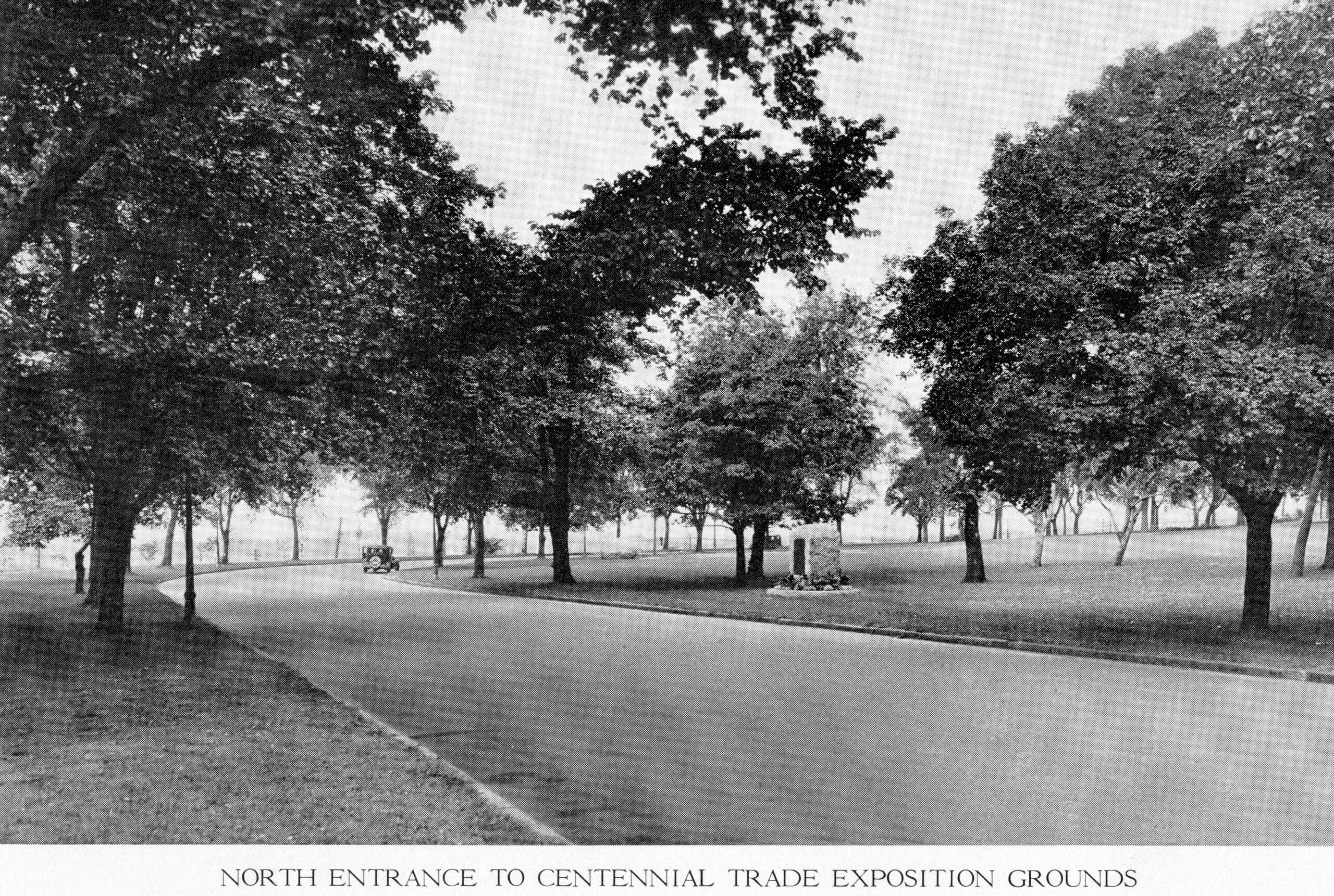
Over 90 years ago, land previously underwater was brought up to extend the shores of Lake Erie. A team of landscapers, engineers, and city officials created a park there to host a celebration for the 100-year anniversary of Buffalo. That land would go on to see countless other celebrations, as well as host a century of birders and dog-walkers, child-wranglers and frisbee-throwers, amateur athletes, splash-pad squealers, and daytime loungers. The land would become the backdrop in a tale of three parks in downtown Buffalo.
The First Park: Centennial
Our story begins in 1932. Just three years after the start of the Great Depression, Buffalo was about to hit a historic milestone. It was coming upon the 100th anniversary of the incorporation of the city. To mark it, Buffalo planned a centennial event. While the city was officially incorporated in April, the chilly spring anniversary was bypassed for the warm days of July: a party was planned for July 1-10. Calling upon day laborers, engineers, landscapers, and construction teams, lake bottom land was brought to the surface, dredging the waterfront to create a stretch of land that would hold Centennial Park. On that land, a massive event was executed. The 1932 Centennial celebration was a spectacle. It attracted visitors from around the country, eager to watch its pageants, marvel under giant firework displays, and chance sighting famous visitors. The purpose of this park was to make a statement. It was a clear signal to the world of Buffalo’s place on the map.
In the end, some elements of the new park serving the huge celebration were temporary, dismantled after the last celebrators took leave. Even large structures like a 25,000 seat stadium came down. Other sections of Centennial Park, however, were landscaped to last. At the end of the event a park remained and Buffalo’s citizens now had a permanent greenspace to enjoy. Still, the story of Centennial Park is one emphasizing spectacle, as Buffalo pulled out the stops to highlight its history, its successes, and its place in 1930s America.
The Second Park: LaSalle
The next era for this urban greenspace saw a name change but also decades of altered use of its lands. The park was no longer a backdrop for city pageant, but rather a community park for everyday citizens. For the 80 years it was called LaSalle, the land supported outdoor entertainment for countless Buffalonians. The park was altered as time went on to welcome more community engagement. An outdoor bandshell was built to host music in the park. A splash pad was installed to cool down generations of Buffalo kids. Events like the Italian Festival, the Buffalo Funk Festival and the Puerto Rican and Hispanic Day Parade continued the celebratory character of Centennial Park, but they brought annual community traditions, rather than short-lived pageantry. These events were also combined with more everyday uses of the space. Generations of daily park visitors told a different story for this second park. Throughout the decades, LaSalle stood as an everyday park for the community in Buffalo.
The Third Park: Ralph Wilson
We’ve now arrived at the end of this tale of three parks. We share this final park not as a story of history but as a tale unveiling itself today. Ralph Wilson Park will be a new park, but one that continues traditions started by its predecessors. It will share the community focus of LaSalle, emphasizing the importance of an everyday park while continuing to host the annual festivals and events now long-standing traditions. But it will also expand beyond the parks before it. It will elevate the land to something new. As the tale of LaSalle comes to an end and the story of Ralph Wilson Park begins, a unique park at the waterfront emerges. This park will be built on both community values and scientific decision-making. It will entertain our little ones in new ways, connect us more directly to our freshwater heritage, support our need for neighborliness, and serve for generations to come. It will herald in a new era of sustainable urban development, with science and community-supported changes. As we watch the park redesign unfold, the third chapter in this story is just beginning, and we anticipate it to be a long one. After all, a park built to last has a story without an ending.
Photo: Entrance to Centennial Park in 1931. Collection of The Buffalo History Museum. General photograph collection, Parks – Buffalo and Erie County – Ralph C. Wilson Centennial Park.
All of the Heritage Engagement Project blog posts, written by Dr. Kathryn Grow Allen, are now in one spot. Check out our new HEP page for past and future reading on heritage-building at Ralph Wilson Park.









